Traveling to new destinations is an exciting adventure, but informed about potential health risks. Recently, monkeypox has emerged as a concern for travelers visiting certain regions. This blog post aims to provide a comprehensive guide on monkeypox, specially tailored for those passionate about exploring the world.
What is Monkeypox?
Foremost, what exactly is monkeypox? Monkeypox is a viral zoonosis, meaning it’s a disease transmitted to humans from animals. The monkeypox virus, which belongs to the same family of viruses as smallpox, causes it. While monkeypox symptoms are milder than smallpox, it can still pose serious health risks. Typical symptoms include fever, headache, muscle aches, and a distinctive rash that often begins on the face and spreads to other parts of the body.

The monkeypox virus, which belongs to the same family of viruses as smallpox, causes it
In 2022, for example, the World Health Organization (WHO) reported cases of monkeypox in countries that had not previously experienced outbreaks. This rise in cases underscores the importance of staying informed about the regions affected by monkeypox outbreaks.
Understanding the geographical spread of monkeypox is essential for travelers. Historically, the virus has been mainly found in central and western African countries, especially in areas near tropical rainforests. However, recent outbreaks have occurred in countries where monkeypox is not typically seen, including several cases in Europe and North America, raising global health concerns.
Disease mpox:
Disease monkeypox:
The disease is transmitted from animals to humans through direct contact with infected animals such as rodents and primates, and from person to person through respiratory droplets, bodily fluids, and contaminated materials. Although monkeypox is related to smallpox, it is generally less severe and less contagious. The increasing incidence of monkeypox outside Africa has raised global health concerns, emphasizing the need for awareness and preventive measures among travelers and healthcare providers.
Monkeypox is a rare viral zoonotic disease caused by the monkeypox virus, which belongs to the Orthopoxvirus genus. It was first discovered in laboratory monkeys in 1958 and in humans in 1970 in the Democratic Republic of the Congo. While primarily found in Central and West African countries, recent outbreaks have occurred in non-endemic regions, including Europe and North America
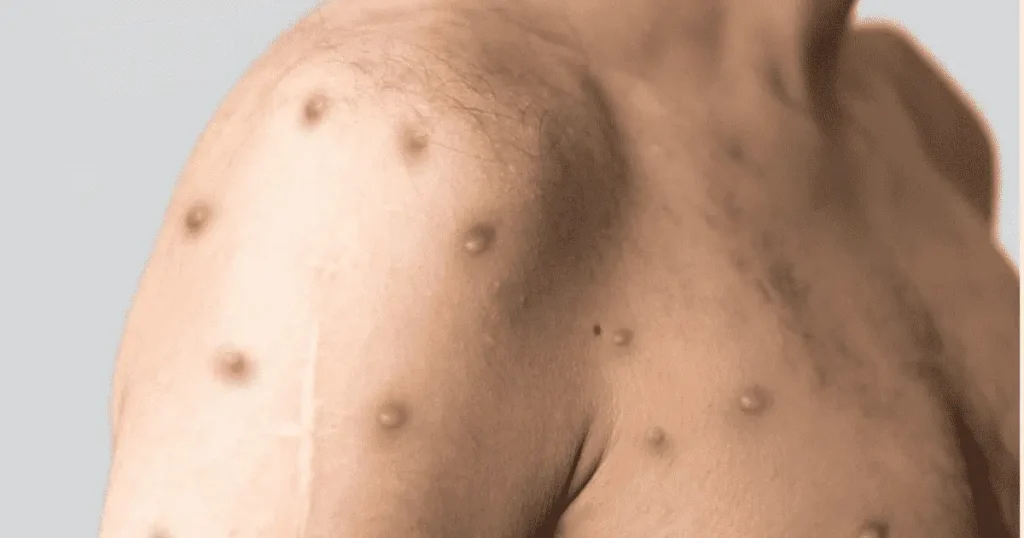
Symptoms mpox :
Symptoms monkeypox :
- Rash:
- Begins as flat red spots, usually starting on the face and then spreading to other parts of the body.
- Evolves into raised bumps, fluid-filled blisters, and then pustules.
- The rash eventually crusts over and forms scabs, which fall off.
- Chills: Often accompany fever.
- Backache: Can occur along with other body aches.
These symptoms typically appear within 5 to 21 days after exposure and can last 2 to 4 weeks. While most cases are mild, it’s essential to seek medical attention for proper diagnosis and care.
Here are the symptoms of monkeypox presented in bullet points:
- Fever: An early symptom, often accompanied by chills and sweating.
- Headache: Can range from mild to severe.
- Muscle Aches: Generalized body pain and discomfort.
- Fatigue: A feeling of tiredness or exhaustion.
- Swollen Lymph Nodes: Occurs in the neck, armpits, or groin; a distinctive feature compared to smallpox.
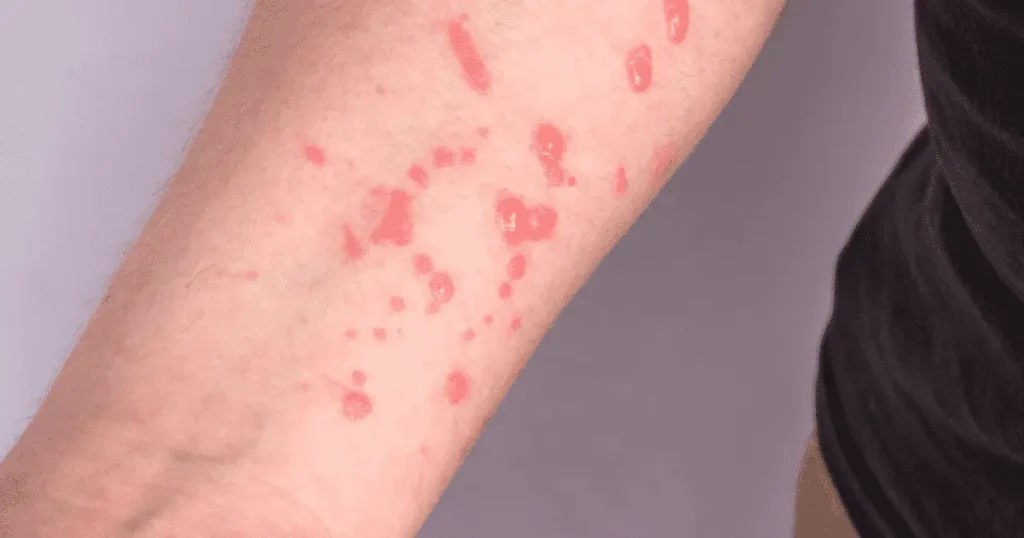
How Monkeypox Affects Travel
Moreover, some countries may impose entry restrictions or require proof of vaccination for travelers coming from or going to regions with monkeypox outbreaks. Being aware of these measures can help you plan your trip more effectively and avoid unexpected complications.
Given these developments, how does monkeypox impact travel? Travelers might face certain restrictions or advisories when planning trips to affected regions. It’s crucial to monitor travel advisories issued by health organizations like the WHO and the Centers for Disease Control and Prevention (CDC). These advisories often provide essential information on the level of risk associated with traveling to certain areas.
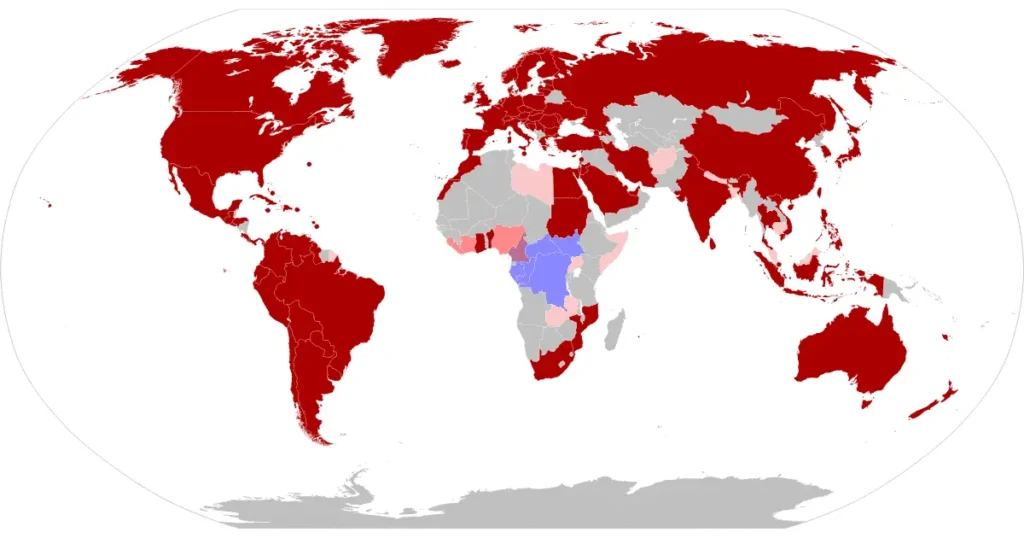
Preventive Measures for Travelers
Being vaccinated, maintaining good personal hygiene is vital. Wash your hands frequently with soap and water, use hand sanitizers, and avoid close contact with sick individuals or animals that could carry the virus. Travelers should also pack essential items like masks and sanitizers, especially when visiting crowded or remote areas.
So, what preventive measures can travelers take to protect themselves? Firstly, consider getting vaccinated if the monkeypox vaccine is available and recommended for your travel destination. While not everyone will be eligible for vaccination, certain high-risk individuals, such as healthcare workers or those visiting areas with active outbreaks, may benefit from it.
Monkeypox and Outdoor Activities
To minimize risks, ensure that you’re camping or hiking in designated areas, away from wild animals that could carry the virus. Additionally, wearing long sleeves and pants can help protect against bites from infected animals or insects.
For those who love outdoor activities such as camping, hiking, or visiting wildlife areas, it is important to be aware of how monkeypox could affect your plans. These activities might increase your exposure risk, commonly in regions where monkeypox is prevalent.
Health Recommendations for Traveling to Affected Areas
In case you develop symptoms such as fever or rash during or after your travel, seek medical attention promptly. Early diagnosis and treatment can significantly reduce the severity of the disease.
Before embarking on your journey to an affected area, consider a pre-travel health consultation with a healthcare professional. They can provide personalized advice on vaccinations and preventive measures tailored to your travel itinerary.

Travel Insurance and Monkeypox
Therefore, it’s essential to carefully review your insurance policy and ensure that it includes coverage for monkeypox and related health concerns. This precaution can save you from unexpected expenses and stress during your travels.
When planning your trip, it’s wise to consider travel insurance that covers health issues related to monkeypox. Travel insurance can provide financial protection in case you need medical care or have to cancel your trip due to an outbreak.
Conclusion
Ultimately, traveling responsibly means prioritizing your health and well-being, as well as that of the communities you visit. By doing so, you can continue to explore the world with confidence and peace of mind.
In conclusion, while monkeypox is a concern for travelers, being informed and prepared can help you enjoy your journey safely. By staying updated on health advisories, taking preventive measures, and planning accordingly, you can minimize the risks associated with monkeypox.
Additional Resources
Additionally, using travel health apps can keep you informed of any changes to travel advisories and health recommendations.
For the latest updates on monkeypox, consider visiting the following resources:
Monkeypox outbreak 2024
As of August 2024, there has been a notable resurgence of monkeypox outbreak, particularly in Africa. The Democratic Republic of Congo (DRC) has been the worst affected, with more than 16,000 suspected cases and 501 deaths reported.
Monkeypox cases 2024
In 2024, an epidemic of monkeypox (mpox) continues to spread, particularly in Africa. By mid-August 2024:
- Global cases: More than 16,000 suspected cases have been reported in the Democratic Republic of Congo (DRC), with at least 1,888 laboratory-confirmed cases and 501 deaths. Other African countries, including Kenya, Rwanda, Uganda, and Burundi, reported cases linked to the DRC outbreak.
- New strains: A new sub-lineage of the virus, clade 1b, has been identified in the DRC. This species has caused concern due to its increasing migration.
- Canada: In Canada, 164 cases were reported between January and August 2024. These cases are mostly associated with clade IIb of the virus, which is less severe than clade I.
- Europe: The European Center for Disease Prevention and Control (ECDC) has raised the risk level for clade I mpox due to the possibility of imported cases across Europe. However, the risk of ongoing transmission is low.
- Pakistan: An Asian Muslim Country With a growing economy has recently reported one case of mpox in its boundary
Mpox vaccine:
Monkeypox (mpox) vaccine is an important tool for controlling outbreaks. The vaccine currently used for MPOX is JYNNEOS (also known as Imvamune or Imvanex), which was originally developed for smallpox but is effective against MPOX because of the similarity of the virus.
Important points about Mpox vaccine:
- Type of vaccine: JYNNEOS is a non-replicating live vaccine, meaning it uses a weakened virus that cannot replicate inside the human body, making it particularly safe for people with weakened immune systems.
- Eligibility: Vaccination is usually recommended for people who are at high risk of infection with the MPOX virus. This includes healthcare workers, laboratory personnel, and people in close contact with confirmed cases.
- Dose: The vaccine is administered in two doses 28 days apart. Complete immunity is usually achieved two weeks after the second dose.
- EFFECTIVENESS: JYNNEOS vaccine has been shown to be effective in the prevention of MPOX. Although the exact efficacy rate is still being studied, it is believed to provide strong protection against the virus.
- Side Effects: Common side effects are mild and may include pain at the injection site, fatigue, headache, and muscle aches. Serious side effects are rare.
- Availability: The vaccine has been made available in many countries, especially those experiencing outbreaks. Governments and health organizations have prioritized vaccination for high-risk groups and have also stepped up production and distribution efforts.
- Global response: In response to the ongoing 2024 outbreak, countries such as Canada, the United States, and several European countries have stepped up their vaccination campaigns, particularly targeting vulnerable populations and areas with increasing cases.
The use of the Mpox vaccine is considered an important component in controlling the spread of the virus, particularly in areas with high transmission rates. Public health organizations continue to monitor the outbreak and adjust vaccination strategies accordingly.
Africa mpox outbreak:
As of 2024, the mpox (monkeypox) outbreak in Africa, particularly in the Democratic Republic of the Congo (DRC), has become a significant health crisis. The DRC has reported over 16,000 suspected cases and more than 500 deaths, largely due to a new, more transmissible variant known as clade 1b. The outbreak has spread to other African countries, including Kenya, Rwanda, Uganda, and Burundi, marking the first time these nations have reported cases linked to this outbreak. The World Health Organization (WHO) has declared the situation a Public Health Emergency of International Concern, highlighting the need for global support to control the spread and mitigate its impact.
Map of Africa:
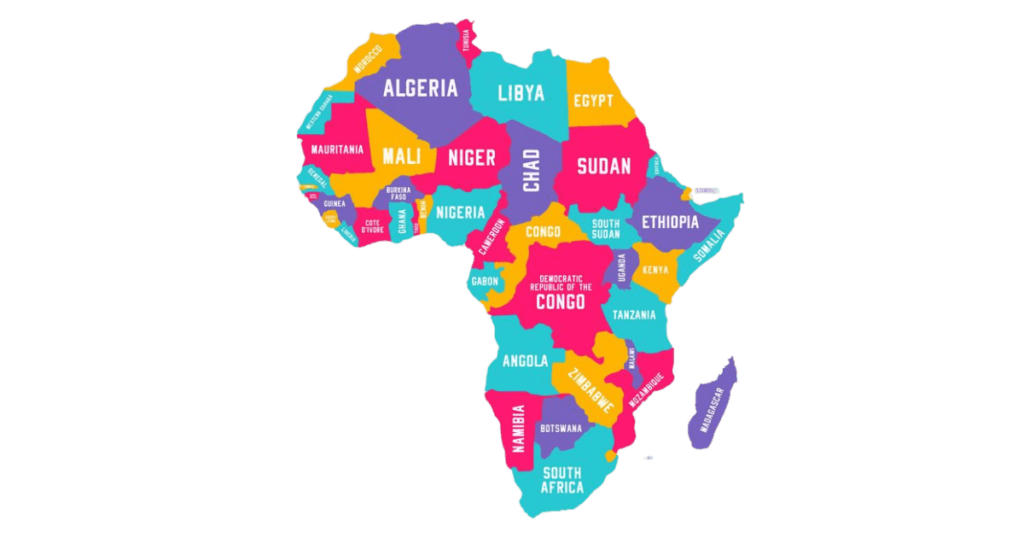
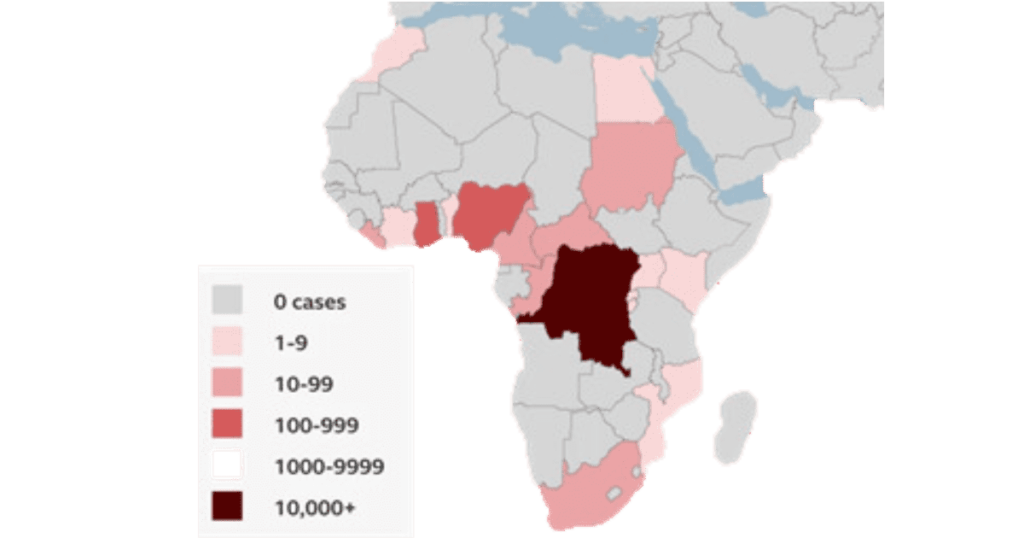
Frequently Asked Questions
Monkeypox is a viral infection caused by the monkeypox virus, a member of the Orthopoxvirus genus. The virus is mainly spread by close physical contact with an infected person or exposure to contaminated material.
The main causes of monkeypox infection include:
- Direct contact with infected sores, rashes, or bodily fluids from an infected person.
- Contact with contaminated material such as clothing or clothing used by an infected person.
- Respiratory droplets from an infected person during prolonged, face-to-face contact
- Traveling to areas where monkeypox is endemic, such as parts of Africa.
Basic treatments for monkeypox include:
- Supportive care to manage symptoms, such as pain relief and fever reduction.
- Antiviral drugs, such as tacovarimate (TPOXX), which are approved for the treatment of monkeypox.
- Vaccination with smallpox vaccine, which has been shown to be effective in preventing and reducing the severity of monkeypox.
It is important to note that although monkeypox is a related disease, the risk to the general public is relatively low. Adequate precautions, such as avoiding close contact with infected individuals and practicing good hygiene, can greatly reduce the risk of transmission.
Here are some important facts about monkeypox:
- The first case of monkeypox was reported in the UK on 7 May 2022.
- This was from a patient who had recently traveled to Nigeria.
- Since then, the UK has confirmed more than 20 cases.
- More than 80 people have been infected with monkeypox in about 12 European countries.
From my personal experience of severe chicken pox in my body, let me tell you:
- Relax, our body will eventually heal itself. It's just a few days.
- Go to an isolated room, do not let anyone use your brush, paste, cup, plate, towel, etc. for 14 days from the day of infection.
- Eat fruits, light food with less oil, spices (I ate fruits, rice porridge with papad, vegetable sabzi without masala and no mustard crackers in it for 14-16 days). No salt, use rock salt instead.
- Drink plenty of fluids because all fluids are used to fill these blisters with the varicella zoster virus. You may also have severe pelvic motion.
- No meat, no eggs. I have heard stories of people dying from eating meat during chicken pox.
- These blisters are said to form inside your body too, so no hot drinks.
- Chicken pox first starts on the head or face, then the chest, stomach, thighs and finally your legs.
As of August 2024, 164 cases of monkeypox have been reported in the United States, primarily in New York (45 cases), California (38 cases), Texas (26 cases), and Florida (22 cases).
Yes, mpox is another name for monkey pox. In 2024, more than 16,000 suspected cases were reported in the Democratic Republic of Congo (DRC), while Canada reported 164 cases.

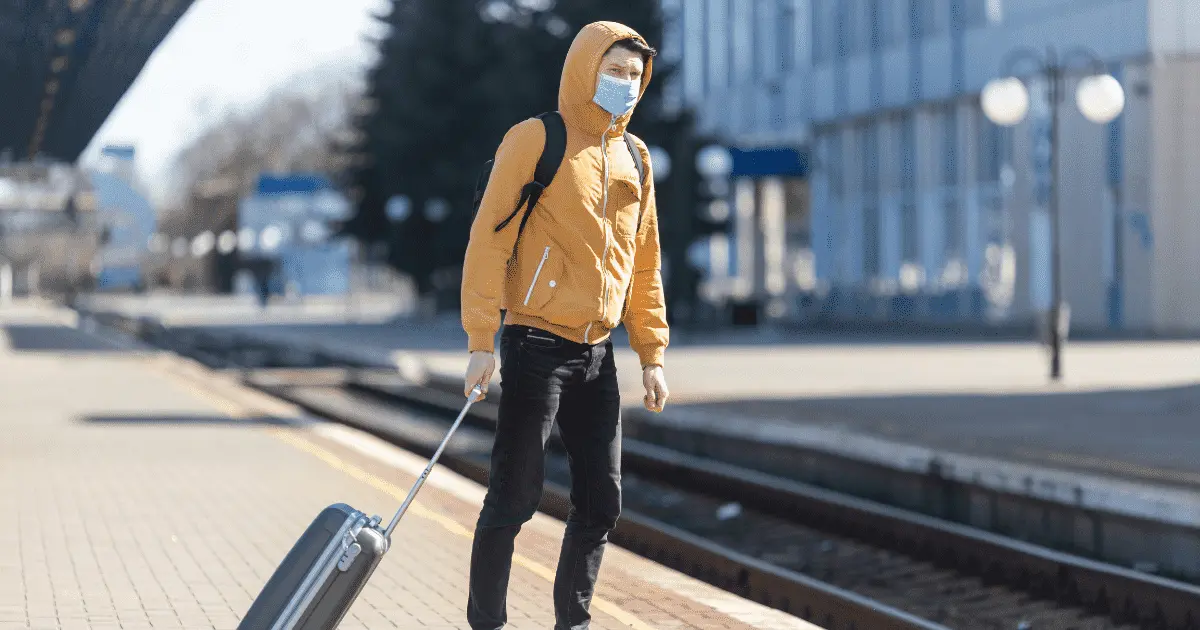
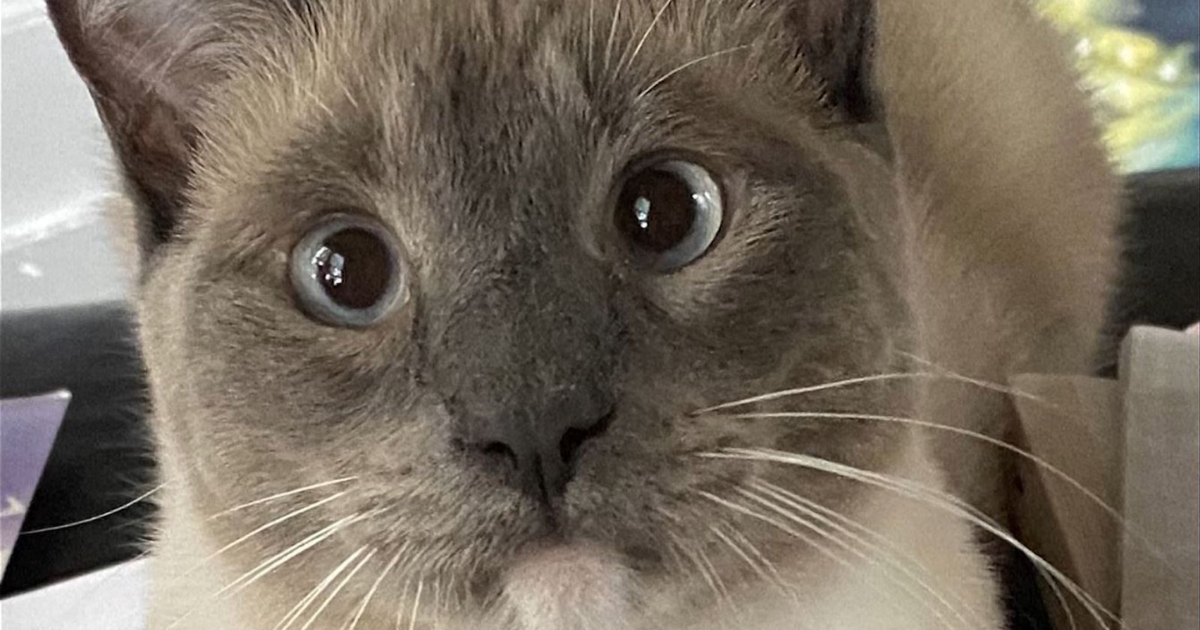







1 Comment
[…] it increasing in America and African states also […]